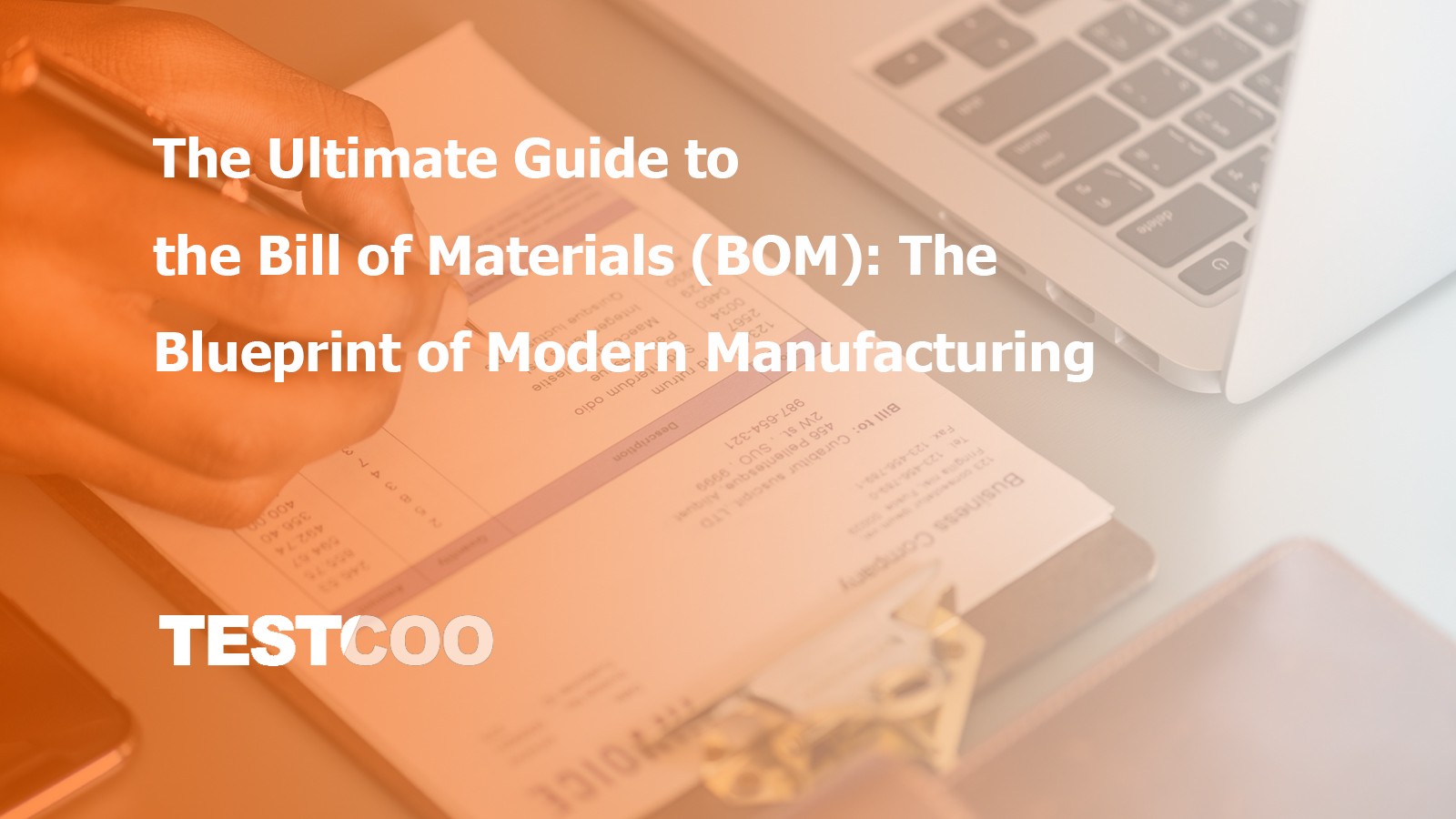The Ultimate Guide to Garment and Apparel Inspection: Ensuring Quality and Perfection

Are you tired of receiving garment and apparel shipments with quality issues? Want to ensure that your clothing products meet the highest standards? Look no further! This ultimate guide to garment and apparel inspection is here to help you achieve quality and perfection. Whether you are a clothing manufacturer or a retailer, it is crucial to have a solid inspection process in place to avoid costly mistakes and maintain customer satisfaction. With the knowledge gained from this guide, you will have the tools to guarantee that your garment and apparel collections are of the highest quality, leaving your customers delighted and coming back for more.
Importance of Garment and Apparel Inspection in the Manufacturing Process
Garment and Apparel inspection plays a pivotal role in the manufacturing process, serving as a critical checkpoint to ensure the quality and integrity of clothing products. For manufacturers, it is essential to implement a robust inspection system to identify potential defects before garments reach the market. This proactive approach not only minimizes the chances of customer complaints but also reduces the risk of costly returns and damaged reputations. By investing in thorough inspections, businesses can maintain high standards and enhance their overall production efficiency.
Moreover, the importance of garment and apparel inspection extends beyond just quality control; it also serves as a means of compliance with industry standards and regulations. Many retailers and brands have stringent quality requirements that must be met before garments can be sold. By adhering to these standards through meticulous inspections, manufacturers can ensure that their products are market-ready and meet customer expectations. This compliance can significantly influence a brand's credibility and reliability in a competitive marketplace.
Additionally, effective garment and apparel inspection can foster better partnerships between manufacturers and retailers. When manufacturers consistently deliver high-quality products, they build trust with their clients, leading to long-term relationships and repeat business. Retailers are more likely to collaborate with manufacturers that demonstrate a commitment to quality, as it reflects positively on their own brand image. Therefore, implementing a reliable inspection process is not just about preventing defects; it is a strategic move that can enhance overall business success.
Types of Garment and Apparel Inspections
There are several types of garment and apparel inspections that can be conducted at different stages of the manufacturing process. Each type serves a specific purpose and is crucial for ensuring that the final products meet the desired quality standards. The most common types of inspections include initial production inspections, during production inspections, and final random inspections. Understanding these different approaches allows manufacturers and retailers to select the most appropriate inspection method for their specific needs.
- Initial production inspections occur before the manufacturing process begins. This type of inspection focuses on the quality of raw materials and components, such as fabrics, zippers, and buttons. Inspectors assess whether the materials meet the specifications outlined in the production plan and are free from defects. By identifying issues at this early stage, manufacturers can avoid problems during production and ensure that they have the right materials to create high-quality garments.
- During production inspections are conducted during the manufacturing process, usually at various checkpoints. Inspectors monitor the production line to ensure that workers adhere to quality standards and that each garment is produced according to specifications. This type of inspection allows for immediate feedback and corrections, which helps to minimize defects and improve overall production efficiency. During production inspections provide a dynamic approach to quality control, enabling manufacturers to catch errors in real-time, thus avoiding costly rework or waste.
- Final random inspections take place after production is complete but before the garments are shipped. This type of inspection typically involves a random sample of finished products that are thoroughly examined for quality. Inspectors check for a variety of factors, including stitching, fit, and overall appearance. Final random inspections serve as a last line of defense, ensuring that only products that meet the highest quality standards are delivered to retailers and ultimately to customers.
Read more: A complete guide to Quality Inspections
Key Elements of a Successful Garment and Apparel Inspection
A successful garment and apparel inspection hinges on several key elements that collectively contribute to its effectiveness. One of the most critical components is having a clear set of quality standards and specifications. Manufacturers should develop detailed guidelines that outline the acceptable criteria for various aspects of the garments, including fabric quality, stitching accuracy, and finishing details. These standards serve as a reference point for inspectors and ensure consistency in the inspection process.
Another essential element is the training and expertise of the inspection team. Inspectors need to possess a keen eye for detail and a deep understanding of garment construction and quality standards. Investing in training programs helps inspectors develop the skills necessary to identify defects accurately and efficiently. Furthermore, experienced inspectors can provide valuable insights and recommendations for improving manufacturing processes, which can lead to better overall product quality.
Effective communication is also a vital aspect of a successful garment and apparel inspection process. All stakeholders, including manufacturers, inspectors, and retailers, should be on the same page regarding quality expectations. Regular meetings and updates can facilitate this communication and ensure that everyone is aware of any changes to specifications or quality standards. By fostering a collaborative environment, manufacturers can improve their inspection processes and ultimately enhance the quality of their garment and apparel products.
Read more: Apparel Standards and Regulations in the US - A Guide to Compliance
Download a Free Sample Report of Garment And Apparel Inspection
DOWNLOAD NOW
Garment and Apparel Inspection Checklist
A garment and apparel inspection checklist is a valuable tool that helps inspectors systematically evaluate garments for quality and compliance. A well-structured checklist should cover various aspects of the garment, ensuring that no detail is overlooked during the inspection process. The checklist typically includes categories such as fabric quality, construction, fit, and finishing details. By using a comprehensive checklist, inspectors can perform thorough evaluations and document their findings effectively.
When assessing fabric quality, inspectors should check for issues such as color consistency, texture, and the presence of defects like snags or discoloration. This initial assessment helps ensure that the raw materials used in production meet the required standards. Following the fabric evaluation, inspectors should examine the garment's construction, paying close attention to stitching, seams, and overall craftsmanship. This step is crucial for identifying any potential structural weaknesses that could affect the garment's durability and wearability.
Fit is another critical aspect of the inspection process. Inspectors should assess the garment's measurements against the specified size chart to ensure proper fit and comfort. Additionally, finishing details, such as labels, tags, and care instructions, should be scrutinized to ensure they are correctly applied and aligned. By following a detailed inspection checklist, manufacturers can systematically evaluate each garment, ensuring that they meet quality standards and are ready for market.
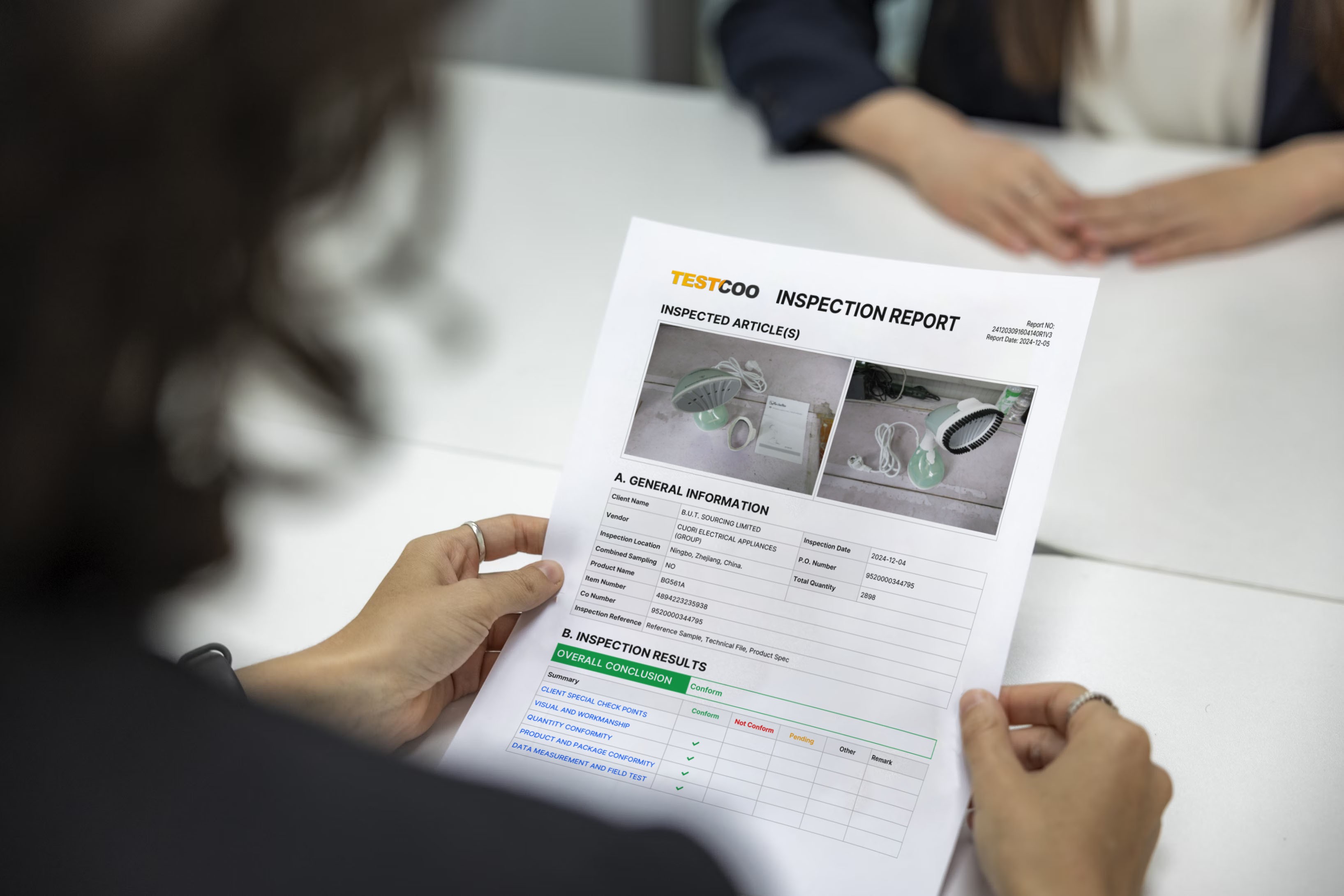
Read more: 13 Essential Garment Inspection Checklist in Quality Control
Common Defects Found During Garment and Apparel Inspection
During the garment and apparel inspection process, inspectors often encounter a variety of common defects that can compromise the quality of garments. Understanding these defects is essential for manufacturers and retailers alike, as it allows them to address issues proactively and improve overall production quality. Some of the most frequently observed defects include stitching problems, fabric flaws, and incorrect sizing.
- Stitching Defects are among the most common issues found during inspections. These can range from loose threads and skipped stitches to uneven stitching and broken seams. Such defects not only affect the garment's appearance but can also compromise its durability. Inspectors must pay close attention to stitching quality, as it is a critical factor in the overall structural integrity of the garment. Identifying and addressing stitching issues early in the production process can lead to significant improvements in product quality.
- Fabric Flaws are another prevalent concern during garment and apparel inspections. Inspectors should be vigilant for issues such as color inconsistencies, pilling, and visible defects like holes or stains. Fabric quality directly impacts the garment's aesthetic appeal and wearability, making it essential for manufacturers to source high-quality materials. By identifying fabric flaws during the inspection process, manufacturers can take corrective actions, such as replacing defective materials or adjusting production methods to minimize defects.
- Incorrect Sizing is also a common defect that can lead to consumer dissatisfaction. Inspectors must ensure that garments adhere to the specified size chart and fit standards. This includes checking measurements for length, width, and proportions. Additionally, inspectors should evaluate the garment's overall silhouette to ensure it aligns with design specifications. By addressing sizing issues before garments reach the market, manufacturers can enhance customer satisfaction and reduce return rates.
Read more: How to Prevent Garment Defects in Apparel and Textile Industry
Choosing Testcoo as your Garment and Apparel Inspection Service Provider
Selecting the right garment and apparel inspection service provider is a crucial decision for manufacturers and retailers alike. A reliable inspection partner can significantly impact the quality of garments produced, making it essential to evaluate potential providers carefully. One of the first considerations when choosing an inspection service is the provider's experience and expertise in the garment and apparel industry. Companies with a proven track record in garment inspections are more likely to understand the specific quality standards required by different markets.
Another critical factor to consider is the range of services offered by the inspection provider. Some companies may specialize in specific types of inspections, while others may offer a comprehensive suite of services, including initial production, during production, and final random inspections. Depending on the needs of the manufacturer or retailer, it may be beneficial to partner with a provider that can accommodate various inspection stages throughout the production process. Flexibility and adaptability in service offerings are essential for addressing the unique challenges that may arise during garment and apparel manufacturing.
By carefully considering these factors, manufacturers and retailers can choose a garment and apparel inspection service provider that aligns with their quality goals and helps ensure that their products meet the highest standards.
Garment and apparel manufacturers must choose Testcoo for reliable, efficient, and comprehensive quality control solutions. With a global network of expert inspectors, Testcoo ensures your products meet international standards and customer expectations. Our tailored inspection services, including initial production, during production, and final random inspections, identify and eliminate defects at every stage. By choosing Testcoo, manufacturers can prevent costly errors, protect brand reputation, and streamline their supply chain operations. We provide detailed, actionable reports within 24 hours, allowing for timely decision-making. Trust Testcoo as your quality assurance partner to deliver defect-free garments and build long-term customer satisfaction.
Contact Us to book your garment and apparel inspections with us!
Related Articles
Read MoreFree Sample Report Performance Quality Control
Download a sample report to keep control of your supply chain!
Featured Articles
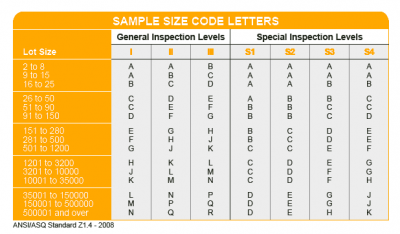 AQL Table | How to Read It
AQL Table | How to Read It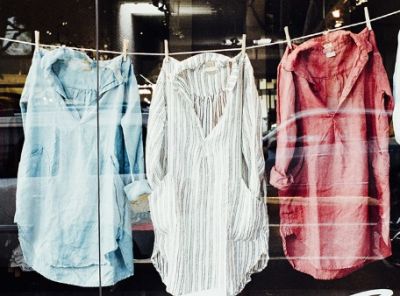 TOP 10 Common Defects in Garments Quality Inspection
TOP 10 Common Defects in Garments Quality Inspection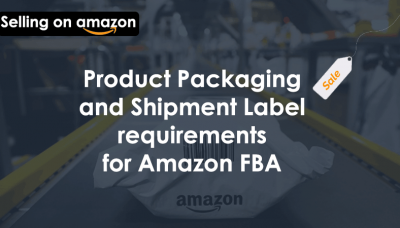 Product Packaging and Shipment Label requirements for Amazon FBA
Product Packaging and Shipment Label requirements for Amazon FBA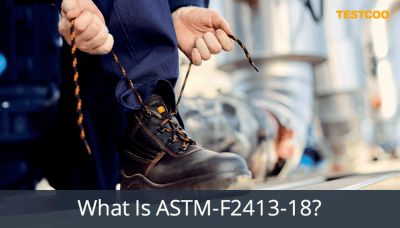 What Is ASTM-F2413-18? Protective Footwear Standard
What Is ASTM-F2413-18? Protective Footwear Standard How to Conduct Third-Party Quality Control Inspections for Electric Scooters
How to Conduct Third-Party Quality Control Inspections for Electric Scooters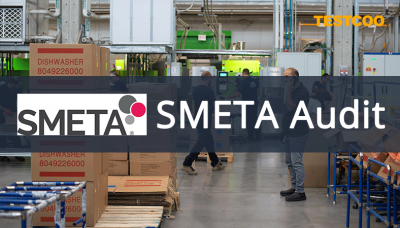 SMETA Audit-What is SMETA Audit?
SMETA Audit-What is SMETA Audit?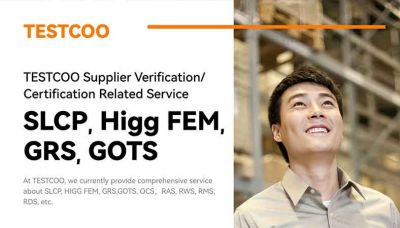 TESTCOO Supplier Verification/Certification Service SLCP, Higg FEM, GRS, GOTS
TESTCOO Supplier Verification/Certification Service SLCP, Higg FEM, GRS, GOTS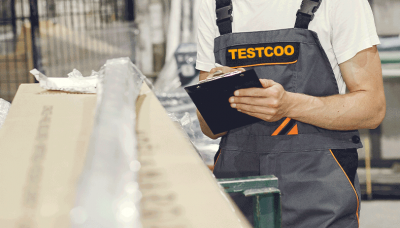 Quality Control Inspection Company in China
Quality Control Inspection Company in China What is Quality Inspection? A Complete Guide
What is Quality Inspection? A Complete Guide Guidelines for Product Inspection in India
Guidelines for Product Inspection in India
Category
- Production Inspection Service
- Factory Audit
- Softline Inspection
- Hardline Inspection
- Electrics Inspection
- Certification
- Checklist
- Manufacturers
- Quality Assurance Basics
- Products Recall
- AQL
- Guidence and Standard
- News
- Supplier Management
- Amazon
- Protective Equipment
- e-commerce quality control
- Indian Manufacturing
- Soft Goods Quality Control
- Supply Chain Management
- Supply Chain Resilience
- E-Commerce Quality Control
- ISO 2859
- Supply Chain Optimization
- Garment Industry
- Higg Index

